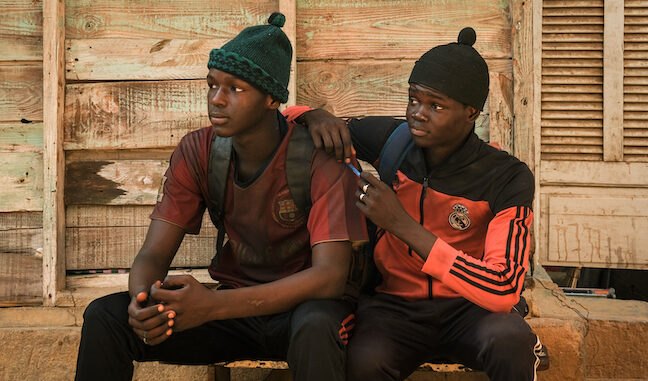
Nominated for Best International Feature Film at the 96th Academy Awards®, as well as winning top directing and acting prizes at the Venice Film Festival, Io Capitano, will have its U.S. theatrical premiere on February 23. It was also nominated for the Golden Globe award for Best Motion Picture, Non-English Language. In this acclaimed narrative feature, writer-director Matteo Garrone (Gomorrah, Dogman), presents a powerful and deeply moving immigration experience, wrapped in a cinematographically magnificent odyssey from West Africa to Italy. The story is told through the mind’s eye and experiences of two Senegalese teenagers living in Dakar who yearn for a brighter future in Europe.
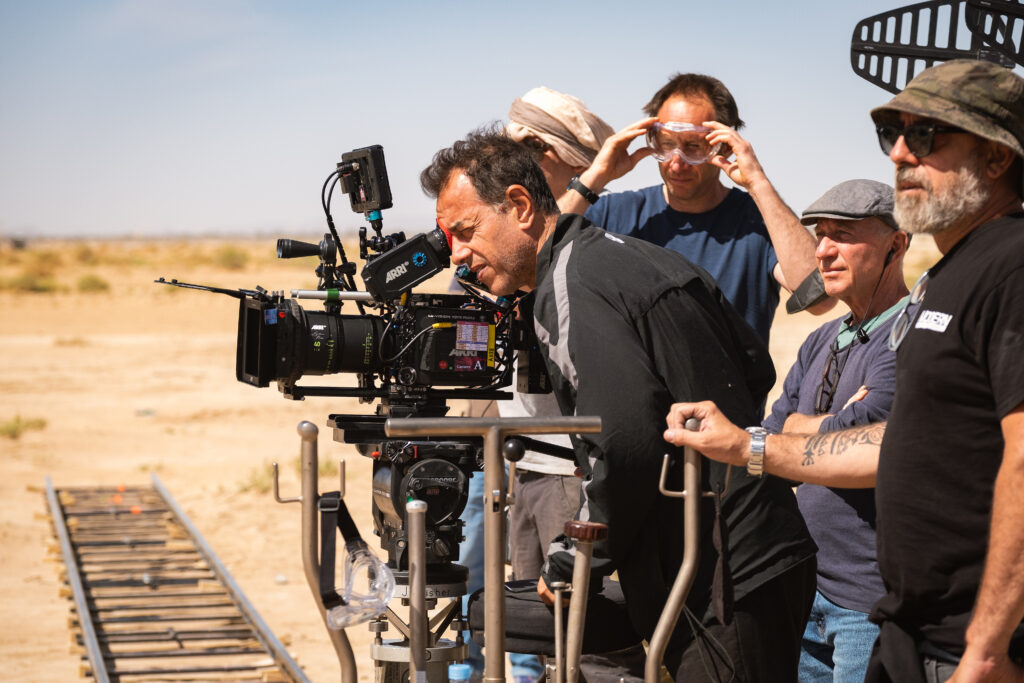
lo capitano (lit. ’Me Captain’) is a 2023 drama film directed by Matteo Garrone, from a screenplay written by Garrone with Massimo Gaudioso, Massimo Ceccherini and Andrea Tagliaferri.[3]
The film, an international co-production between Italy, Belgium and France, is based on an original idea by Garrone.. It was shot in Senegal, Morocco and Italy. The castings, which are perfect, were under the direction of Henri-Didier Njikam. The film features Seydou Sarr and Moustapha Fall, originally from Dakar, at ages 17 and 18, respectively. They portray cousins who attempt to reach Europe. The production lasted for 13 weeks, beginning in Dakar, Senegal, and later in Morocco and Italy.
While the film captures the contemporary immigrant experience from the perspective of people making the crossing through Africa into Europe, Io Capitano was cast largely with non-professional actors, and include Seydou Sarr and Moustapha Fall, in keeping with the great tradition of Italian neorealism. Io Capitano was filmed on location in Senegal, Morocco, and the waters off Marsala, Italy. The remarkable cinematography is by Paolo Carnera. Music by Andrea Farri enhances the story, moving it forward. The different languages: Wolof, French; and Countries of Origin: Italy, Belgium, France, added to the fascination and suspense of the film.
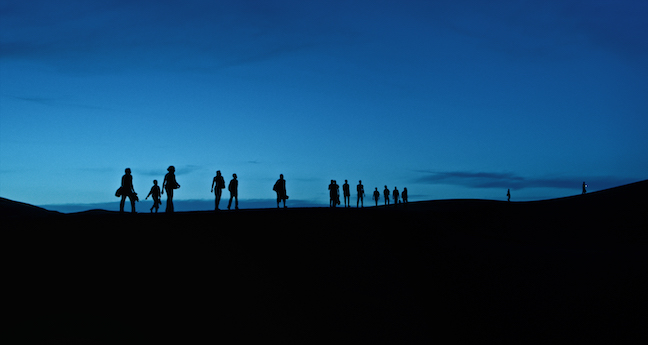
“I wanted to capture what we rarely see in immigration-themed movies, which is the journey of the migrants before they arrive at their destination,” says Garrone, who worked closely with actual migrants on the development and production of the movie. “We are used to seeing the last part of the journey—the image of the boat arriving—followed by the ritual count of who’s alive or dead. I wanted to tell this story from the migrant’s point of view, like a reverse shot, revealing what we in Europe know, but never see. This is a first-person, life-or-death journey from Africa to Europe, an eternal journey for anyone who has sought out a better life. Behind all the numbers and statistics are people with dreams, and families.”
With Io Capitano, Garrone wanted to capture the experience of contemporary African migration to Europe as if he, and the audience, were along for the ride, experiencing the highs and the lows, the heartbreaks and the unknowns, at every stage of the crossing. “I wanted to be an intermediary, entering another culture, traveling along with these people on their epic journey,” says Garrone. “I use the word epic because I believe these people are the representatives or carriers of the contemporary epic, an Odyssey of our times.”
The cast included: Seydou Sarr as Seydou, Moustapha Fall as Moussa, Issaka Sawagodo,Hichem Yacoubi, Doodou Sagna, Khady Sy, Bamar Kane, and Cheick Oumar Diaw.
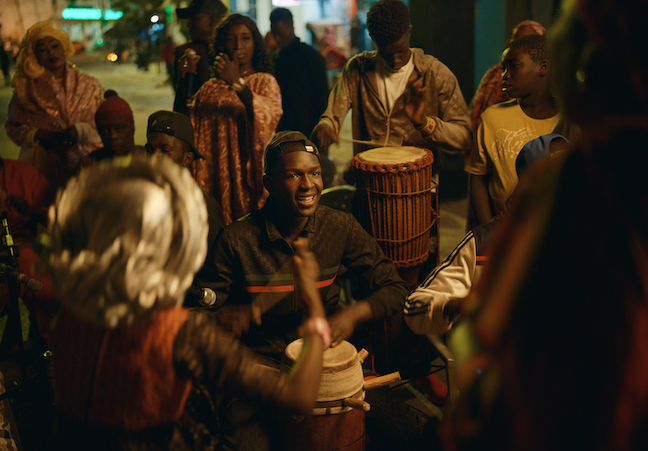
Offering a true story, an Ivory Coast native who was 15 years old when he crossed the Saharan desert into Libya, then Italy, Kouassi experienced many of the challenges Garrone’s protagonists came to face in the Io Capitano script. He shared that he saw migrants abandoned and left to die in the desert. He was captured, imprisoned and tortured by the Libyan Mafia. Separated from his cousin, and traveling companion, he spent three years in Libya trying to cross into Europe, during which time he was bought and sold as a slave by traffickers. Kouassi finally made the journey to Italy by boat, stowing away in the engine room and working for months to gain his freedom on the mainland after he arrived.
The film was remarkable in many ways. It was hard to believe this was not a documentary as the acting was so real, so moving. The audience, or at least this audience member, felt like the experiences depicted in the film were close to being real and I was exhausted when it ended. Sitting on the edge of my seat throughout, I was relieved and exhausted at the end. Cinematography was astounding. The music carried the theme, enhancing it. From my experience viewing the film, Garrone’s wish to impact the viewing audience with the horrors of this kind of immigration succeeded in spades.
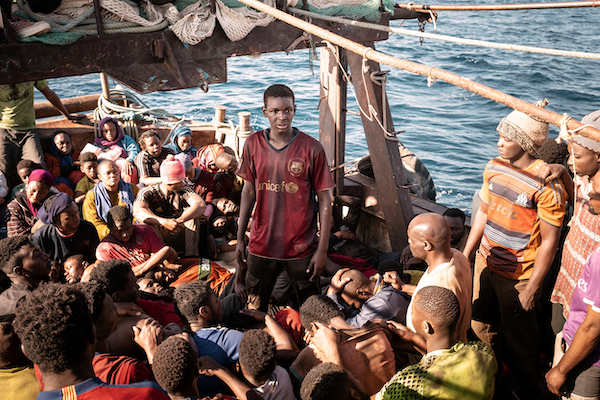
With attention in the US mostly focused on immigrants from Mexico, Central and South America and their terrible, heart wrenching stories, viewing immigrants a world apart is shocking and presents a view of a world I did not know anything about, harsh, cruel, unforgiving and yet even in this environment, there is caring and kindness.
Runtime: 121 minutes.
Photos provided by COHEN MEDIA GROUP




Be the first to comment